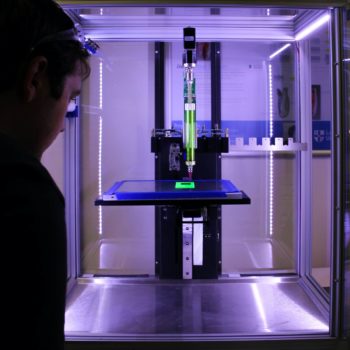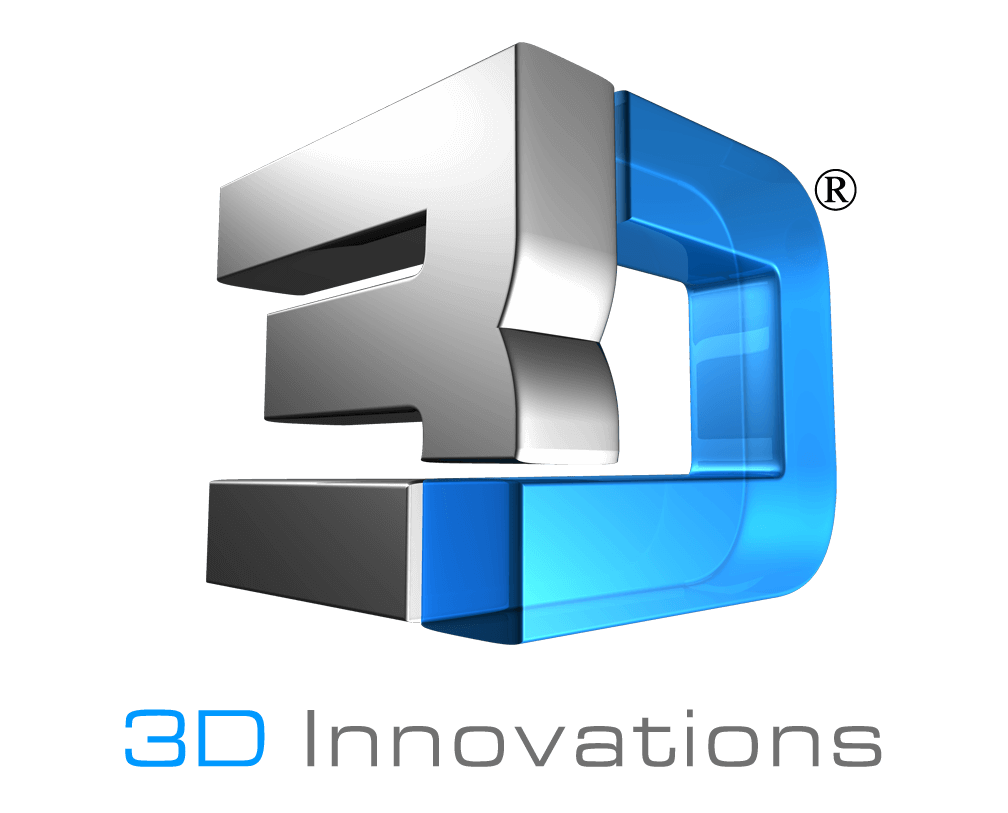 Additive manufacturing has been gaining in popularity among product designers, engineers, manufacturers and businesses for years—however, the recent COVID-19 crisis pushed it to the forefront of news cycles as it helped quickly meet PPE demands that traditional manufacturing could not. Additive manufacturing, often referred to as 3D printing, is a wonderful technology but there are a few misconceptions about it floating around.
Additive manufacturing has been gaining in popularity among product designers, engineers, manufacturers and businesses for years—however, the recent COVID-19 crisis pushed it to the forefront of news cycles as it helped quickly meet PPE demands that traditional manufacturing could not. Additive manufacturing, often referred to as 3D printing, is a wonderful technology but there are a few misconceptions about it floating around.
Below we clear up a few of the misconceptions we regularly run into about additive manufacturing technology.
Additive Manufacturing is Quick and Easy
There is nothing “push button” about additive manufacturing technology. While time lapse videos circulating the internet make additive manufacturing look like magic, there is a lot of hard work that goes into making a successful print.
The first step in being able to start the 3D Printing process is to have a “water tight” 3D model. This can be done in one of two ways.
- The first method is to use a 3D CAD program or 3D modeling program to create your design. If you don’t have the skillset to do so, working with a product development company can assist you in creating your design.
- The second option, if you are looking for a generic design, often times you can find various file share or open source websites that users have created designs for. These can be purchased or in some cases downloaded for free. While the market has expanded to companies offering “downloadable” files for use, these files are as is and will require experience using 3D modeling programs to make adjustments or modifications to the design. In most cases, what you download is what you get.
A great print must start with a great design. “Build orientation and nesting multiple parts in the build volume are also key. Both can have a considerable impact on the build time, where support material may be attached, and surface quality. Planning is key, but it can occur only after one has sufficient knowledge and experience so that the best decisions are made when designing and preparing parts for AM.” (Protolabs) Once you have your print, there is work to be done removing the support materials and finishing the surface properly.
Additive Manufacturing Can Produce My Product
Here at 3D Innovations we regularly use 3D printing to validate designs for prototyping and small batch manufacturing. This is not a technology that is best suited for mass manufacturing. If you need 50,000 pieces produced, traditional manufacturing methods will be best for you.
Additive manufacturing allows you to have a prototype in your hand at a much faster speed than sending it out to a manufacturer to produce one. With the fast turnaround on prototype development, you can edit your product design quickly and finalize it in days or weeks instead of months.
If you need a small batch of highly customized products, additive manufacturing could be a cost-efficient method. It is important to note that your products will still need support material removed, surface finishing, painting etc. Your product might require further assembly as well.
Material selection and availability is also an important factor in whether or not additive manufacturing can produce the parts necessary to fit the function required. There have been many additions and advancements in material selection with more high-grade metals, photopolymers, and various plastic materials available for use. While these advancements have made additive manufacturing a more reliable process, other conventional manufacturing methods still offer a wider array of materials.
All Additive Manufacturing is the Same
Almost all additive manufacturing systems build parts layer by layer. Cost for systems range from desktop versions starting at $200 with larger industrial systems costing as much as several million dollars. Aside from cost, the systems build size can also range from a few cubic inches to build volumes that could build something the size of a small car. The other most significant difference between systems is the types of materials that the systems utilize. These materials range from powders, resins, sheets and filaments.
Parts Produced with Additive Manufacturing are Not as Strong
If you are using a desktop 3D printer this would be accurate. Most small desktop printers are not equipped to produce prints that have the same mechanical strength as molded plastic parts.
However, companies around the world use professional grade 3D printers to produce industrial parts for aircrafts, vehicles and satellites, to name just a few. Medical grade parts are also skyrocketing because of the highly customizable abilities of the technology. This shows that these parts produced using additive manufacturing meet or exceed the stringent application requirements. In certain instances, additive manufacturing can produce a superior part to that of conventional manufacturing methods.
Soon Most Homes Will Have a 3D Printer
This was a common misconception circulating around 2012-2013. There was this idea that people would be 3D printing items for their home instead of purchasing them. As we detailed above though, additive manufacturing is not a quick or easy process. The news articles published that propagated this idea, failed to consider the knowledge and expertise necessary to build a design and have a successful print.
We understand that additive manufacturing is a fascinating technology. It’s important to note that this technology has only been around for about 30 years and it is still growing and maturing. As with any developing technology there are bound to be a few myths and misconceptions. We can’t wait to see where the technology will go in the next 30 years.
Work Referenced
- Top 10 Myths of Additive Manufacturing (Protolabs)
______
3D Innovations is a Product Development Company – from the 3D Design to a fully functional 3D Prototype & Product.

